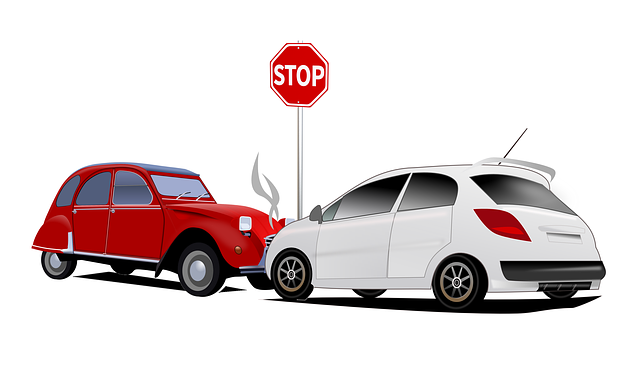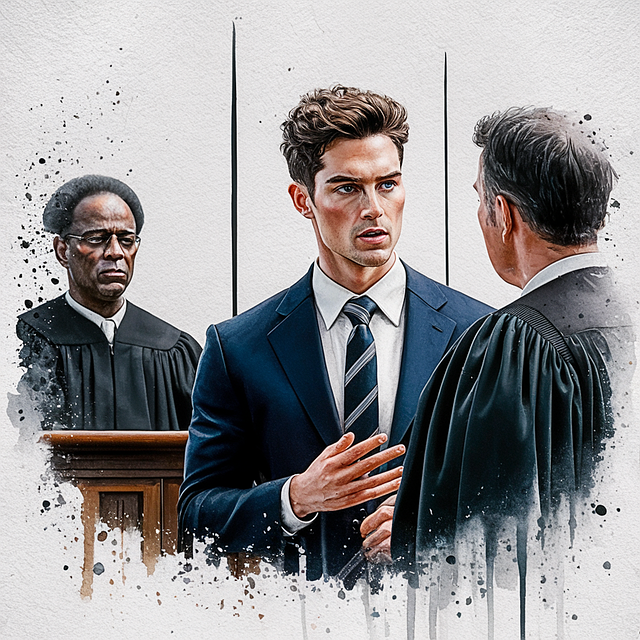Motorcycle hit-and-run incidents are a serious concern, often shrouded in myths and misconceptions. This article aims to dispel common myths and provide clarity on what to do after such an accident. Understanding these incidents, their legal implications, and the reality behind popular beliefs is crucial for motorcyclists and anyone navigating these challenging scenarios. We’ll explore real-world scenarios, debunk myths, and offer practical steps to take after a hit-and-run, ensuring you’re equipped with knowledge and preparedness.
- Understanding Motorcycle Hit-and-Run Incidents
- – Definition and common scenarios
- – Legal implications and why it's a serious matter
Understanding Motorcycle Hit-and-Run Incidents

Motorcycle hit-and-run incidents are a significant concern for riders, often shrouded in myths and misunderstandings. It’s crucial to dispel these misconceptions to ensure justice for victims. Many believe that because motorcycles are smaller, they’re less likely to be targeted, but statistics show otherwise. These accidents can occur at any time, making it vital for both riders and the general public to recognize the potential for such incidents.
Understanding the dynamics of motorcycle hit-and-run cases is essential when considering legal representation. Victims may face challenges in securing evidence and witness testimonies, especially if the incident occurred at night or in a busy area with heavy traffic. A car accident attorney specializing in these cases can provide crucial legal guidance and help navigate the complexities involved, ensuring victims aren’t left to deal with potential medical negligence due to inadequate compensation or lack of closure.
– Definition and common scenarios

A motorcycle hit-and-run incident is a devastating event that can leave victims severely injured or even killed. It occurs when a motorist collides with a motorcyclist and then flees the scene, often without providing any assistance or identifying information. Common scenarios involve nighttime collisions on poorly lit roads or busy intersections where drivers fail to yield or run red lights. These incidents are not just about physical injuries; they can trigger significant emotional trauma for victims and their families.
Understanding the dynamics of motorcycle hit-and-run cases is crucial. Many clients seek recovery through legal channels, expecting compensation for medical expenses, pain and suffering, and other related costs. However, navigating these complex situations requires skilled legal representation. An experienced attorney specializing in such incidents can help victims understand their rights, gather evidence (including security footage or witness statements), and even mediate partnerships disputes that may arise with insurance companies. The goal is to secure the best possible outcome for the client recovery while ensuring justice is served.
– Legal implications and why it's a serious matter

A motorcycle hit-and-run incident is not a minor matter; it carries significant legal implications. If you’re involved in such an accident, your safety and seeking justice should be your top priorities. Unfortunately, many victims assume that because they were on a motorcycle, the consequences won’t be severe or that they lack options for compensation. This misconception can lead to overlooking crucial steps, which may hinder their ability to pursue legal action later.
In many jurisdictions, hit-and-run cases involving motorcycles are taken seriously due to the potential for more severe injuries compared to car accidents. The victim’s recovery process might involve extensive medical treatments and rehabilitation, leading to substantial healthcare expenses. A skilled car accident lawyer can help motorcycle accident victims navigate their rights and options, ensuring they receive fair compensation for their injuries, property damage, and pain and suffering.
Motorcycle hit-and-run incidents are complex legal matters that require immediate attention. Debunking common myths is essential to ensure riders and victims understand their rights and options. By recognizing the severity of these cases, individuals can navigate the legal landscape more effectively, seeking justice and compensation for their injuries. Remember, every rider deserves protection under the law, and dispelling these myths is a crucial step towards safer roads and better outcomes.





